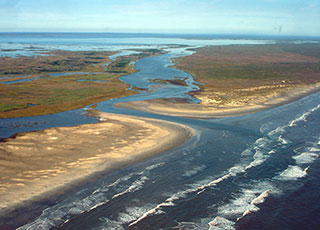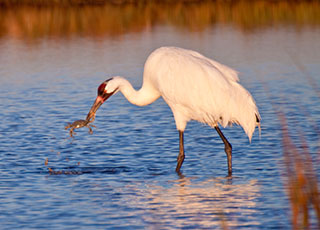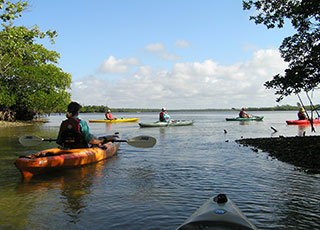Celebrate Estuaries

Discover some of the benefits of estuaries and our National Estuarine Research Reserve System:

National Estuarine Research Reserves
The National Estuarine Research Reserve System is a network of 30 estuarine areas established across the nation for long-term research, education, and coastal stewardship. The reserves are a partnership between NOAA and the coastal states and territories.

Living Laboratories
The reserves are living laboratories, which makes them ideal sites for research and long-term monitoring. By understanding how estuaries function and change over time, scientists are in a better position to predict how coastal ecosystems will respond to climate change.

Estuary Life
Estuaries are made up of many different types of habitats. These habitats can include oyster reefs, coral reefs, rocky shores, submerged aquatic vegetation, marshes, and mangroves. Different animals live in each of these habitats. Fish, shellfish, and migratory birds are just a few of the animals that can live in an estuary.

Protect our Estuaries
You have a role in helping to protect these fragile estuarine ecosystems. View this list of simple things you can do every day to help protect and conserve our nation's estuaries.
What is an estuary?
Estuaries and their surrounding wetlands are bodies of water usually found where rivers meet the sea. Estuaries are home to unique plant and animal communities that have adapted to brackish water—a mixture of fresh water draining from the land and salty seawater.
Social